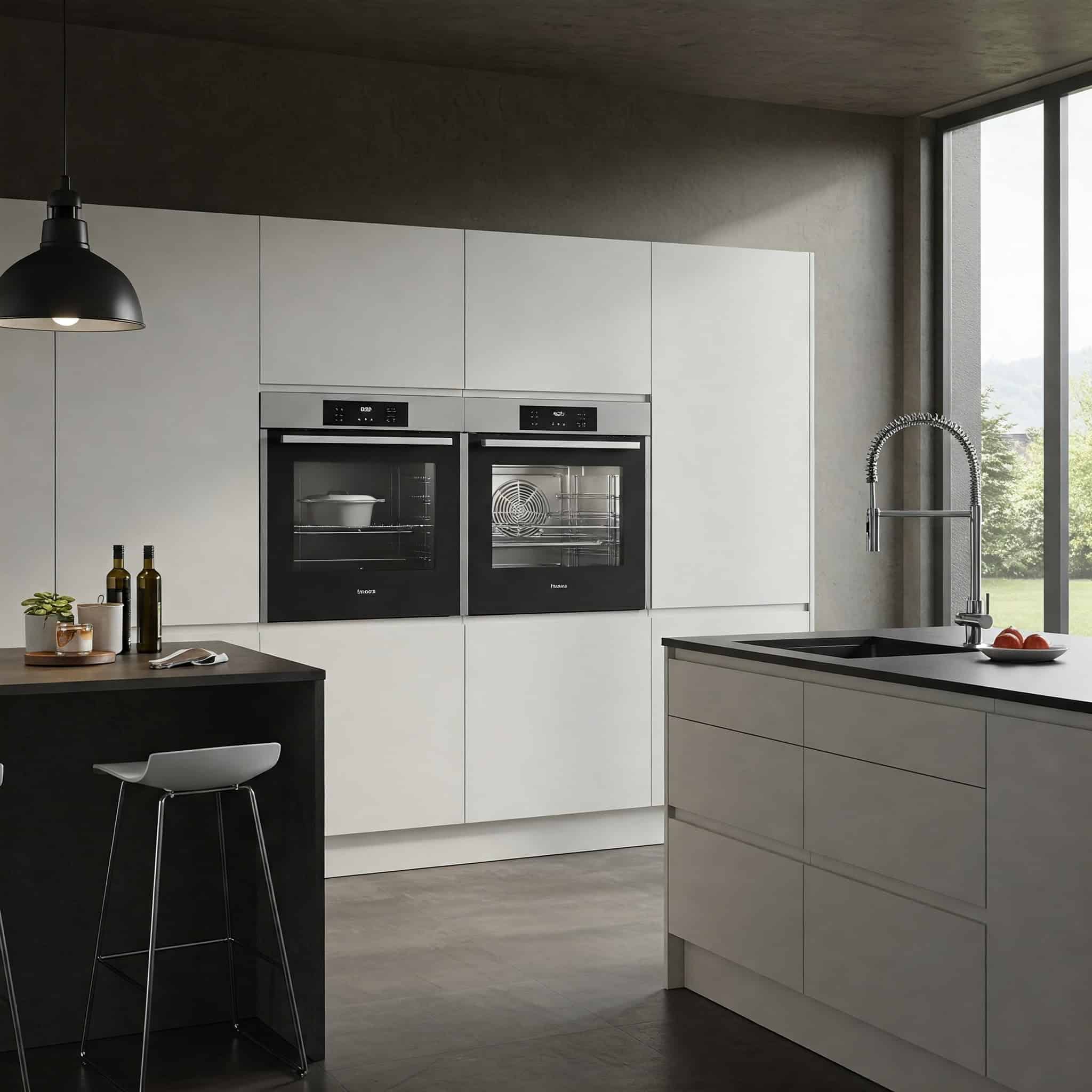
Question: What Are the Disadvantages of a Steam Ovens?
Answer: The disadvantages of steam ovens include they can be expensive, require descaling, have longer cook times than conventional ovens for some foods, and offer limited browning capabilities.
Considering Steam Oven Drawbacks
Steam ovens offer exciting cooking possibilities, but they also have drawbacks. Understanding these limitations is crucial before investing in one. This article explores the disadvantages of steam ovens, providing clear and concise information to help you make an informed decision. We will examine various aspects, from installation challenges and maintenance needs to cooking limitations and potential safety concerns. We aim to provide a balanced perspective, enabling you to weigh the pros and cons effectively. This article prioritizes both clarity for natural language processing algorithms and engaging readability for our audience.
By understanding the limitations alongside the advantages, you can determine if a steam oven aligns with your cooking style and kitchen setup. We will cover price considerations, the learning curve involved, and specific cooking limitations compared to conventional ovens. This article will equip you with the knowledge to make a confident decision about incorporating steam cooking into your culinary repertoire.
Cost and Installation
Steam ovens generally cost more than conventional ovens. Budget constraints may make this a significant barrier for some. Installation can also present challenges. Some steam ovens require a water line connection, necessitating plumbing work.
This adds to the overall installation cost and complexity. Even countertop models require a reliable water source and drainage system. Potential buyers should consider these installation requirements and associated costs before making a purchase.
Click the link to read more about Blue Kitchen Refacing
Related Article: Are Steam Ovens Worth Buying?
Related Article: All About Steam Ovens
Cooking Limitations
Steam ovens excel at specific cooking methods, but they possess limitations. Browning and crisping food can be difficult solely with steam. While some combination steam ovens offer convection features, achieving a crispy crust requires extra steps.
Certain dishes, like those requiring high heat for searing or caramelization, are better suited to traditional ovens. Steam ovens also require specific cookware. Metal trays and oven-safe dishes are suitable, but plastic or silicone containers are generally not recommended.
Longer Cooking Times
Steam cooking often takes longer than conventional methods. While steam provides even heat distribution and retains moisture, the lower temperatures generally extend cooking durations.
This can be inconvenient for quick meals or time-sensitive recipes. Users should adjust their meal planning and cooking schedules to accommodate these longer cooking times.
Safety Concerns
Steam ovens generate high heat and pressure. Burns from escaping steam pose a safety risk, especially during operation or when opening the oven. Children and individuals with limited mobility require extra caution.
Understanding the safety protocols and exercising care around hot steam are essential for accident prevention. Regular inspection and maintenance are necessary to ensure the steam oven’s safe operation and prevent potential hazards.
Learning Curve and Recipe Adjustments
Using a steam oven effectively requires a learning curve. Adjusting to the different cooking times and techniques can take practice. Recipes designed for conventional ovens often need modifications for steam cooking.
Experimentation and learning resources are helpful for mastering steam cooking. Users should familiarize themselves with the specific functions and features of their steam oven model to achieve optimal cooking results.
Conclusion
Steam ovens offer unique benefits, but they also present distinct disadvantages. Potential buyers must weigh the higher cost, installation requirements, and maintenance demands against the advantages of healthier, flavourful cooking. The longer cooking times, limited browning capabilities, and safety considerations are crucial factors in the decision-making process.
By carefully evaluating these drawbacks alongside the advantages, prospective buyers can determine if a steam oven aligns with their cooking preferences, lifestyle, and kitchen setup. Understanding both the benefits and limitations empowers informed choices, leading to greater satisfaction with the investment and cooking experience.

Blue Malue Get in touch with Blue here.
